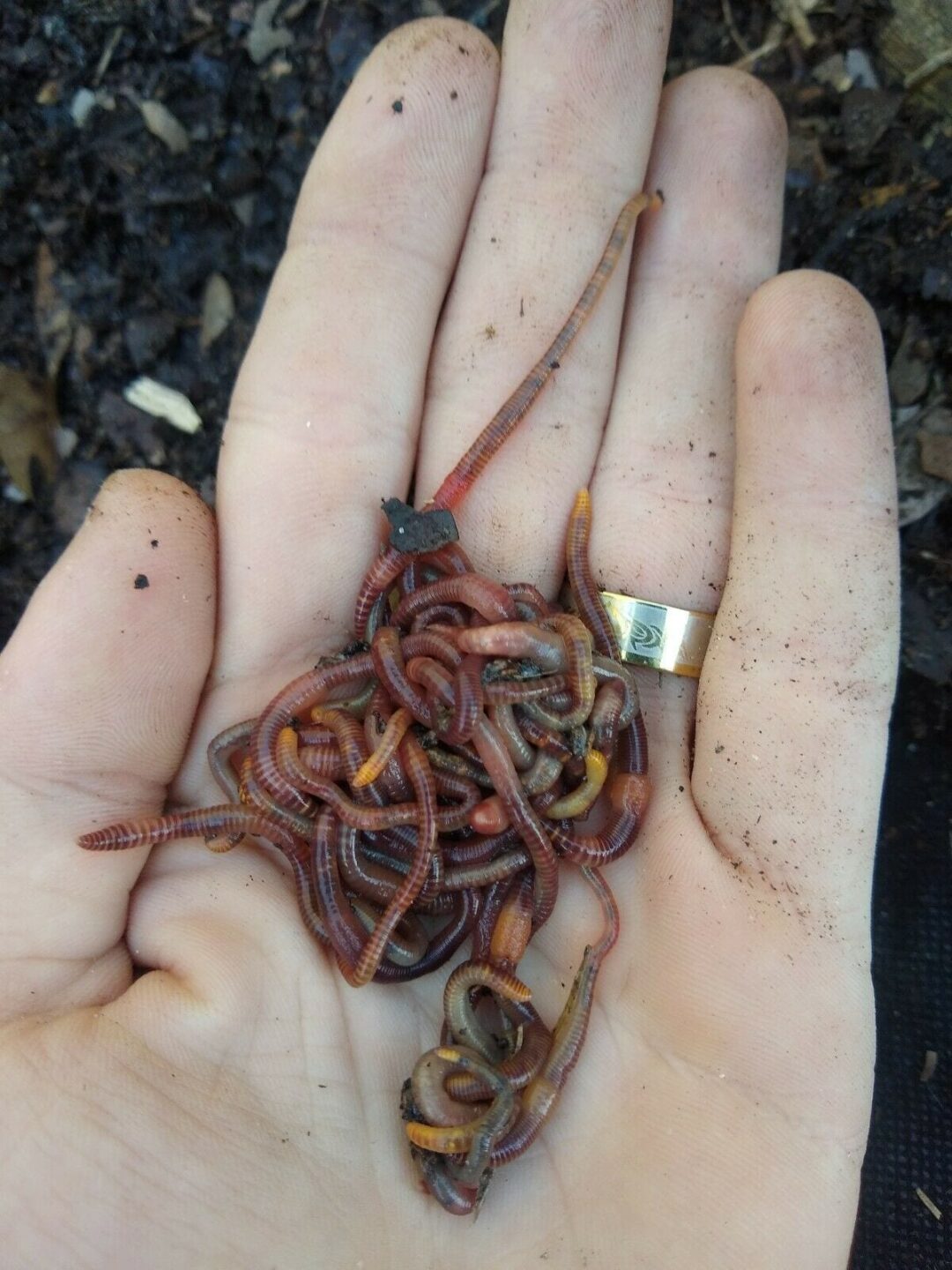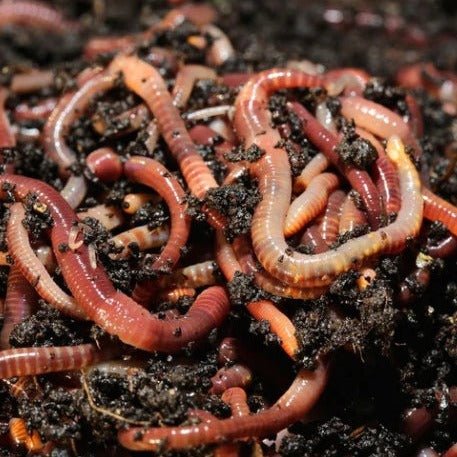Get Your Lawn in Top Shape with the Help of Lake Hickory Bait Grass Care Solutions
Get Your Lawn in Top Shape with the Help of Lake Hickory Bait Grass Care Solutions
Blog Article
Open the Tricks of Red Wigglers: Your Overview to Composting Success
The integration of red wigglers right into composting methods presents a significant possibility for improving soil wellness and advertising sustainability. Understanding their demands and habits is essential for optimizing their possibility, from setting up an appropriate worm container to feeding them the ideal materials.

What Are Red Wigglers?
(Lake Rhodhiss Bait)Red wigglers, clinically called Eisenia fetida, are a varieties of earthworm mostly utilized in composting as a result of their exceptional capability to decompose raw material effectively. These worms are characterized by their reddish-brown coloration and a fractional body, typically gauging in between 3 to 4 inches in size. Unlike other earthworm types, red wigglers thrive in abundant, organic atmospheres, making them perfect for vermicomposting systems.
Indigenous to North America, they are usually found in rotting fallen leaves and compost heaps, where they play an essential duty in nutrient recycling. Their adaptation to staying in a moist, cardiovascular setting enables them to take in huge quantities of organic waste, simplifying right into nutrient-rich castings that enhance dirt wellness.
Red wigglers reproduce rapidly, with a single worm capable of producing a number of cocoons each week, each including several hatchlings. Comprehending the biology and habits of red wigglers is necessary for optimizing their capacity in composting applications.
Advantages of Utilizing Red Wigglers
Taking advantage of the power of red wigglers in composting uses many advantages that improve soil health and wellness and promote sustainable waste management. These remarkable microorganisms effectively break down organic matter, changing cooking area scraps and backyard waste right into nutrient-rich vermicompost. This completed product is exceptionally advantageous for plant growth, as it boosts dirt structure, enhances moisture retention, and boosts vitamins and mineral schedule.

(Red Wiggler Express)In addition, the existence of red wigglers in your composting system can accelerate the composting procedure, creating top quality garden compost in a fraction of the moment contrasted to typical techniques. The castings produced by these worms are also brimming with valuable microorganisms that further enhance the soil ecological community.
Establishing Your Worm Container
Producing a reliable worm bin is a straightforward procedure that can significantly improve your composting efforts. The very first action is choosing an ideal container. Worm bins can be made from plastic storage space bins, wooden boxes, or readily available worm containers. Ensure the bin has ample drainage and air flow openings to maintain ideal dampness levels and air flow.
Next, prepare the bed linen product, which acts as the worms' habitat. A mix of shredded newspaper, cardboard, and coconut coir functions well, giving a comfy environment for the worms. Goal for a bed linens deepness of about 4-6 inches. Moisten the bedding lightly, guaranteeing it appears like a wet sponge without excess water merging near the bottom.

Feeding Your Red Wigglers
To ensure the wellness and efficiency of your red wigglers, it is important to provide them with a well balanced diet plan that meets their dietary needs. Red wigglers grow on a varied array of natural materials, which not just supply necessary nutrients however also advertise efficient composting.
Beginning by integrating kitchen scraps such as veggie peels, fruit cores, and coffee grounds. Prevent citrus fruits, onions, and garlic, as these can be detrimental to worm wellness. Additionally, present shredded paper, cardboard, and dry fallen leaves to create a well-aerated atmosphere.
Feeding regularity ought to be checked; typically, worms can consume half their body weight in food weekly. It is essential to avoid overfeeding, as excess food can bring about undesirable odors and bring in parasites. A great technique is to include food in tiny quantities, enabling worms to process it prior to introducing much more.
Preserving dampness levels is also essential; the bed linen must be damp yet not soggy. Finally, make sure to on a regular basis examine the temperature and pH degrees of the container to guarantee an ideal atmosphere for your red wigglers, ultimately boosting their composting performance.
Harvesting and Using Garden Compost
A successful composting process with red wigglers culminates in the rich, dark garden compost recognized as vermicompost, which can significantly enhance dirt health and plant development. Harvesting this nutrient-dense product generally happens every 3 to 6 months, depending on the dimension of your system and the amount of natural matter being refined.
To gather, carefully different the compost from the worms and any kind of undecomposed products. One efficient method entails relocating the contents of the container away and linked here including fresh bedding and food to the vacant area, encouraging the worms to move. After a couple of days, the compost can be accumulated from the opposite side.
It is important to utilize vermicompost appropriately to maximize its advantages. It can be utilized as a leading dressing for yard beds, blended into potting dirt, or brewed right into a nutrient-rich liquid plant food called "worm tea." This application approach assists to supply vital nutrients directly to plant roots, advertising healthier development. By integrating vermicompost right into your gardening routine, you not only reuse natural waste however additionally produce a growing environment that sustains sustainable horticulture practices.
Final Thought
In recap, red wigglers serve as phenomenal allies in composting initiatives, transforming organic waste into nutrient-rich vermicompost (Red Wiggler Express). Their unique biological qualities and efficient waste processing abilities add significantly to sustainable gardening methods. By recognizing the optimum conditions for their habitat, feeding demands, and compost harvesting methods, garden enthusiasts can boost dirt health and promote plant vitality. Accepting vermicomposting not only minimizes land fill waste yet additionally cultivates a more environmentally responsible method to gardening and resource administration.
Report this page